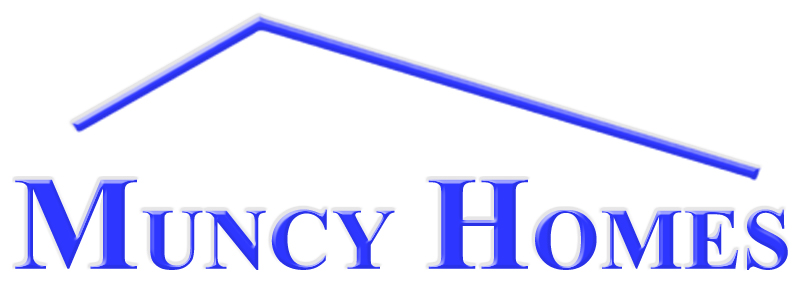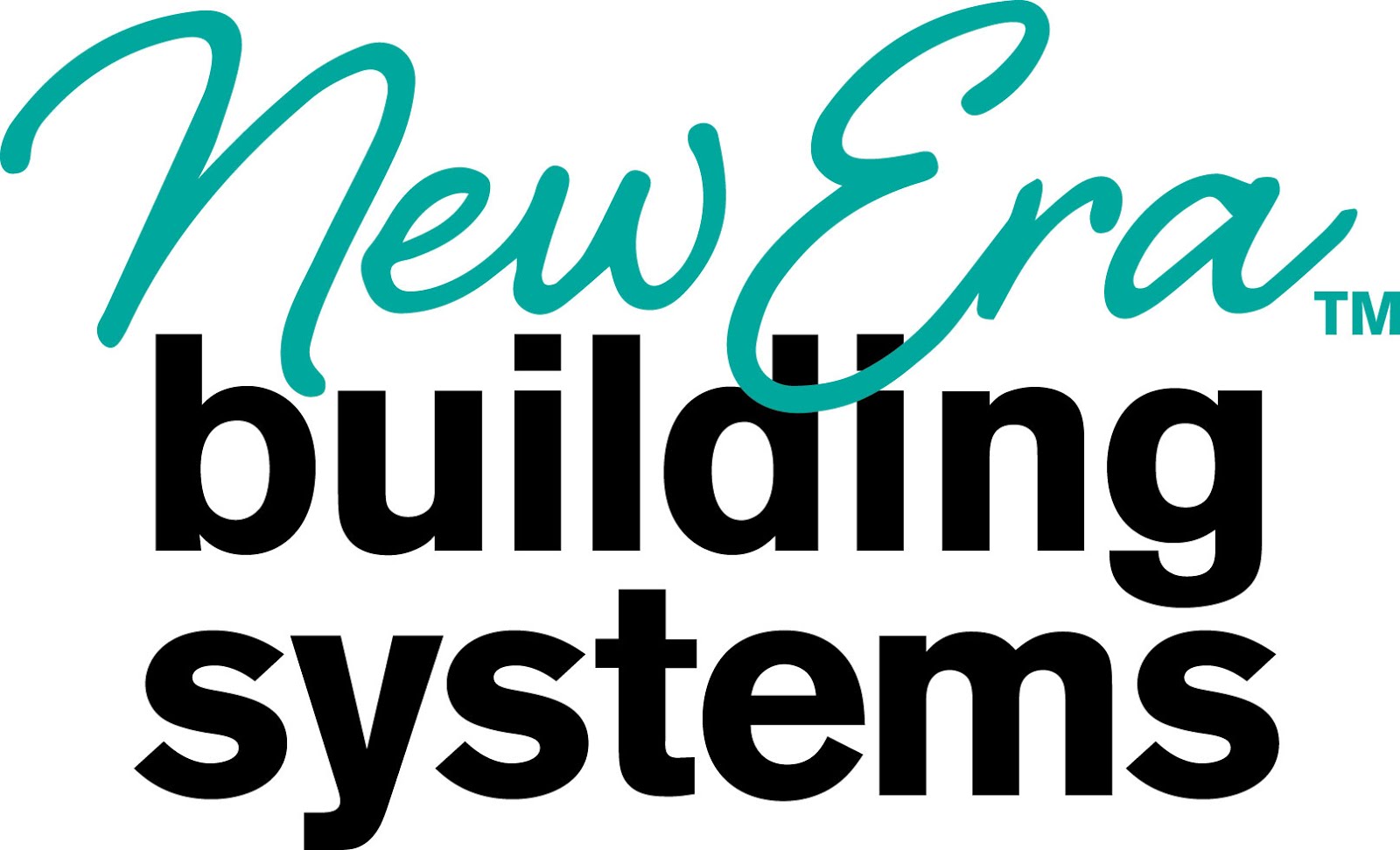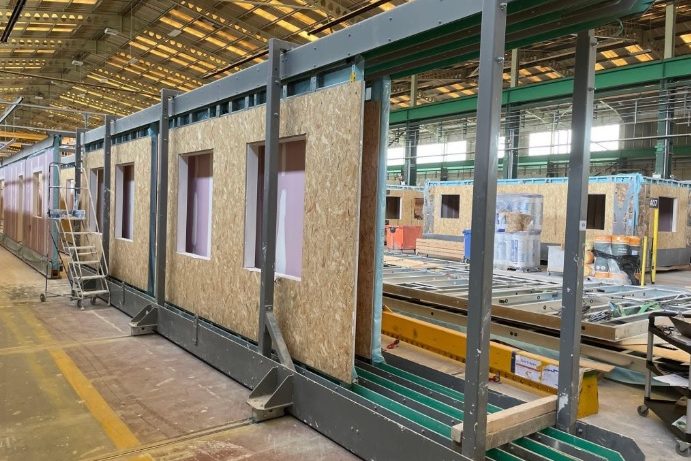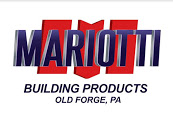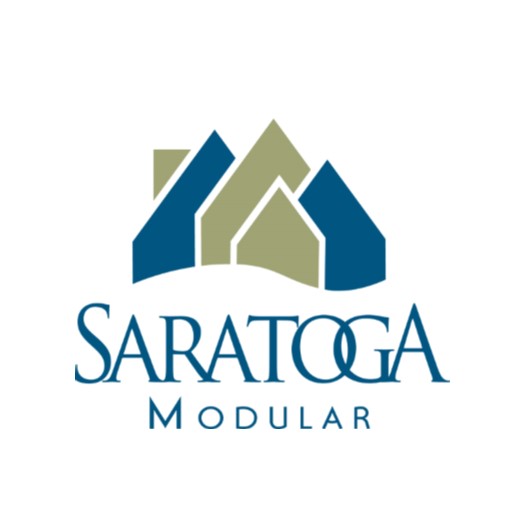After spending years in the modular construction industry, I’ve seen factories rise, stumble, and, unfortunately, collapse. Through it all, I’ve come to one firm conclusion: a modular factory’s survival depends on three crucial pillars—Capacity, Profit, and Cash Flow. I call this the “Holy Trinity.” If just one of these elements falters, the factory is at serious risk, requiring immediate intervention, whether from management, the Board of Directors, or ownership itself.
Capacity: The Engine of Production
I’ve walked through factory floors that hum with efficiency and others that are chaotic, struggling to keep up. Capacity isn’t just about how many modules can be produced in a month—it’s about workforce readiness, supply chain reliability, and automation. Many factory owners overestimate their production potential, leading to bottlenecks, quality issues, and unnecessary costs.

I’ve watched factories push for maximum output without considering the downstream effects. Overloaded workers, unreliable suppliers, and mechanical failures can turn high capacity into a liability. The best factories I’ve seen strike a careful balance—ensuring smooth operations while maintaining flexibility to adjust to shifting demands.
Profit: The Real Measure of Success
I’ve sat across from factory owners who are bewildered by their financial struggles despite hitting record production numbers. The hard truth? More production doesn’t always mean more profit.

Factories that don’t control overhead, optimize labor costs, and manage material expenses often find themselves drowning in debt despite appearing successful on the surface. Break-even analysis is a must—knowing exactly when production translates into profit can make or break a modular business. Those that adapt their pricing, streamline their operations, and keep a close eye on margins are the ones that truly thrive.
Cash Flow: The Lifeblood of Operations
I’ve seen factories that are running at full capacity, selling at profitable prices, yet still struggling to make payroll. Why? Because cash flow—the money actually available for day-to-day operations—is unpredictable and mismanaged.
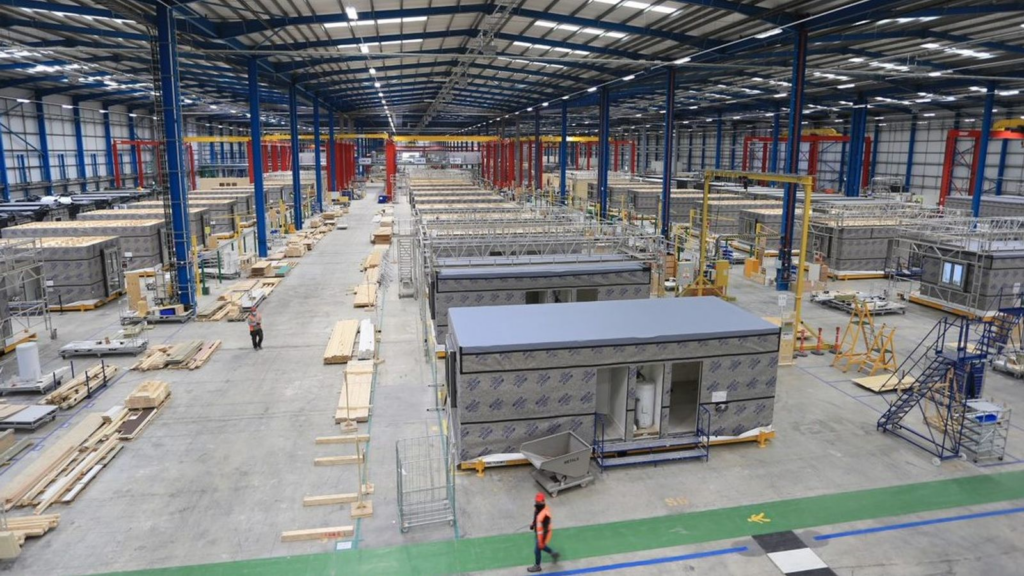
In modular construction, delayed payments from clients or financing snags can cripple even a profitable factory. Managing cash flow requires proactive planning—negotiating better payment terms, maintaining working capital reserves, and diversifying revenue streams to avoid dependency on a handful of large projects.
The Interconnection: Why You Can’t Ignore Any One Pillar
Capacity, Profit, and Cash Flow are not separate entities; they feed into each other. I’ve worked with factories that had strong production but poor profit margins, burning cash at an unsustainable rate. Others were profitable but lacked the liquidity to stay operational. The worst cases had neither the capacity nor the cash flow to sustain operations.
If a modular factory is struggling, the first step is identifying which pillar is the weakest. A focused strategy to address the issue—whether optimizing capacity, tightening financial controls, or improving cash flow management—can turn things around before it’s too late.
The Holy Trinity as a Survival Guide
I’ve seen modular factories that were once industry leaders fall apart due to an imbalance in these three fundamental areas. Understanding and maintaining the balance between Capacity, Profit, and Cash Flow is what separates successful operations from those that fade into history.
For factory owners, board members, and investors, my advice is simple: continuously evaluate these three pillars. If one starts to crack, don’t ignore the warning signs. Act early, make the tough decisions, and ensure that your factory remains sustainable for the long haul.
The best modular factories aren’t the ones that simply produce the most—they’re the ones that manage capacity, ensure profitability, and safeguard cash flow with precision and foresight.
Gary Fleisher, The Modcoach, writes about the modular and offsite construction industry at Modular Home Source.
.
CLICK HERE to read the latest edition
Contact Gary Fleisher


